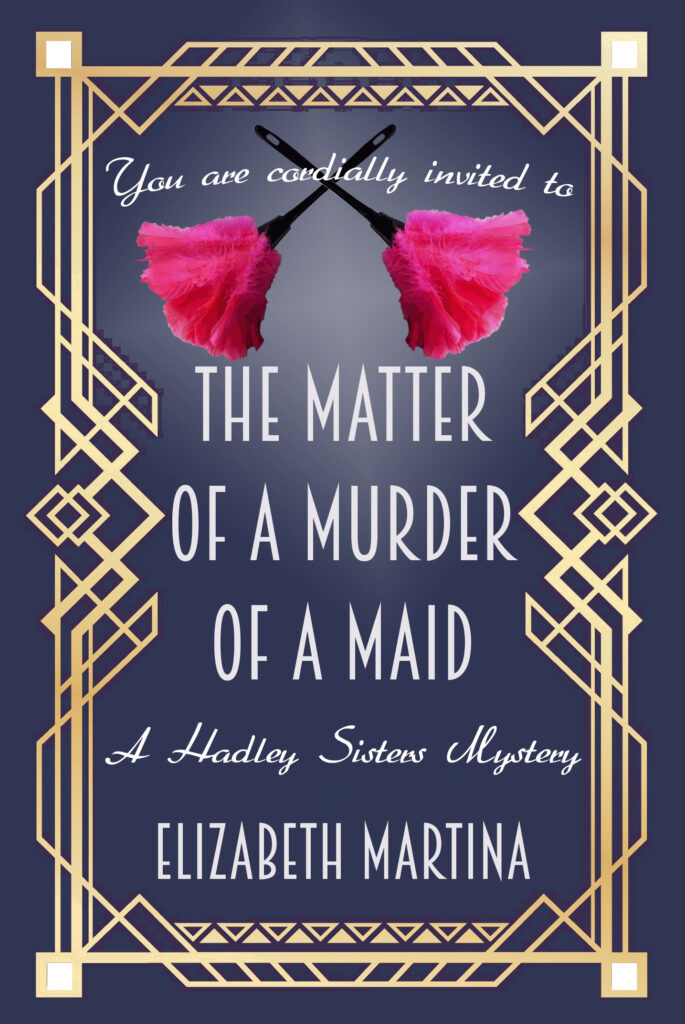
COSTUME DETAILING FOR WRITERS, 1920s COATS

Although the hemlines climbed during the 1920s, the winters were still too cold for a coat that short. Today, we discuss the coats the ladies and girls wore in that decade.
At the beginning of the decade, the coats were still long. The coats were down to midcalf, to show off the dress hemlines or to show off the boots. The dresses were just above the ankle and so were the ladies’ warm wraps. The lines of the coats were simple, but all the additional parts, collars, cuffs, buttons, pockets, were oversized and took over the look! The waist was accented with a matching belt more often than not. A popular item for years was the detachable fur collar. Of course, the coats had to be oversized to accommodate several layers of clothes. Remember, central heating was not yet a popular commodity.
By 1923, the hemlines of coats had gone up, then, down, again, to just above the ankle. The surplice coat, or jacket, was the most popular item. This has a look of a man’s coat, with the neckline a deep V. The coat is loose fitting, not usually tight at the waist. This style had subtle trim, contrast stitching. The sleeves tended to be batwing or bell, in shape, for better movement.
The younger ladies, the college age crowd, found a new coat style, based on the men’s trench coat popularity. These coats were a straight-cut, double breasted (6 button) coat which was most trendy in the second half of the decade. They were made in bright reds and blues. Plaids were common in single breasted or wrap form.
By 1925, the coats had risen to the knee. They were most commonly found with a deep V neckline sporting a fold-out collar. A fold-out, or rolled collar, is one that stands up slightly from the point of attachment to the neckline of a garment before folding over to lie flat. They also could have a fur, detachable or not, collar.
The fabrics used for these coats can only rarely be found anymore. They included wool, wool velour, velveteen, plush, tweed or vicuna. This last is a fabric made from camelids, or llamas, found in the Andes mountains. It is absolutely the softest wool known, along with the wool of musk oxen found only in Alaska. You can not find it anymore because the animals defy domestication. It was very fine and very expensive.
Coats at that time came in a variety of colors. Tan, brown, rust, cranberry, grey, black, green, rose and medium blue were the most common. They came in plaids, checks and fancy textured weaves. The linings were most often of a single bright color, very soft and smooth. Everything was decorated with cording, embroidery and other trim.
Faux furs and cheap real fur dyed and sheered to look like their expensive counterparts were all the rage. Real fur coats were found everywhere. Everyone had one. My grandmother got a mink coat for her 16th birthday! Any fur possible was used. They came in full length and jacket length. And many of the college kids did. Male or female, the outstanding item of a collegiate was a raccoon coat. It was not worn for warmth as much as for status! Of course, driving in an open car was sure to make one cold, so, what better reason to get the parents to splurge?
Everyone had to have fur! And if you couldn’t afford a real fur coat, there were faux fur coats or cloth coats trimmed with fur at collar and cuffs.
Winter coats were not the only need. Spring coats were worn longer than coats are now-days, since the lack of central heat caused people to dress warmer longer in the season. These coats were a light wool, velour, polaire (an arctic fleece), normal fleece, jersey or a knit. They tended to be an open front with a tie belt. They were more sporty than dressy, but they were worn with everything.
However, on rainy days, the light weight cloth could get sodden in a rain. What worked for men, for years, appeared for women, in brighter colors: the raincoat, often made with rubberized cloth. It appeared for children along the same time. To save the hair and the hats from ruin, raincoats came with matching hats. These looked like a shower cap with a brim, hardly anything we would wear, now, but they served the purpose.
Next time, we will talk about the accessories, hats and shoes of the ladies of the Roaring 20s.


Recent Comments